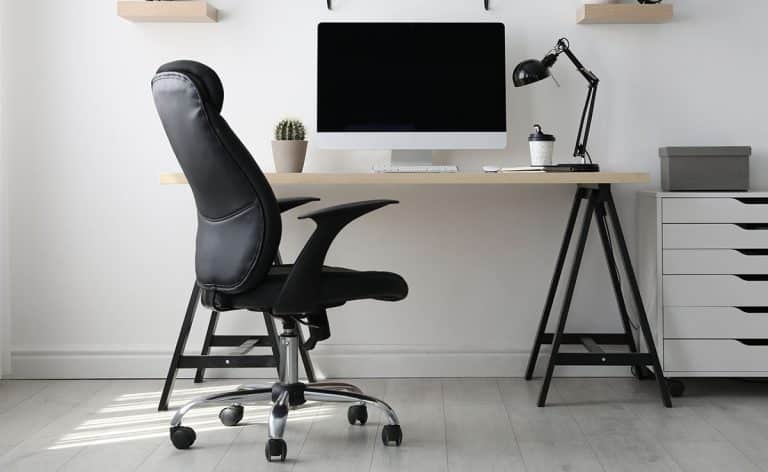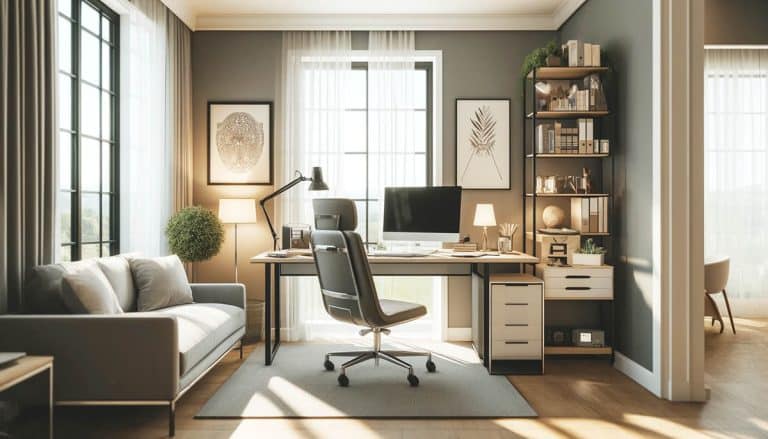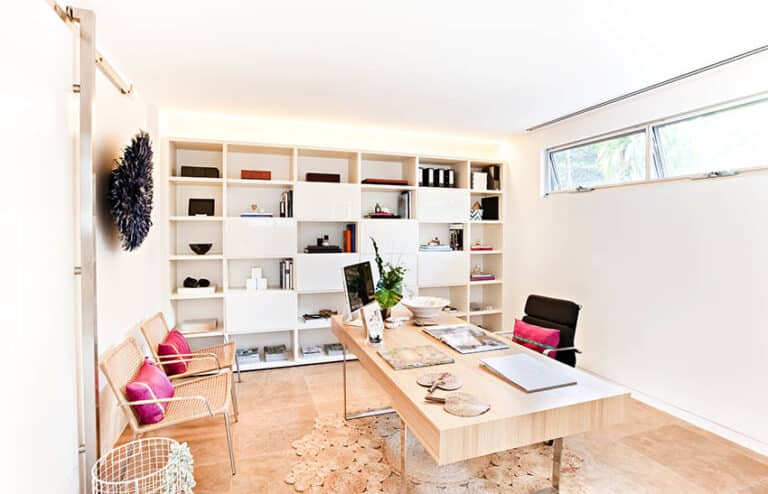How To Soundproof A Home Office With DIY Ideas

In recent times it has become more of a necessity to work from home. That change can bring the need for a quiet place to really be able to focus on the work at hand versus the usual functions of home. Soundproofing can be very important when other people are occupying the space and you need to be on a conference call or even listen to lectures or seminars. The objective of the home office is to create a work environment, in the home, and soundproofing is one of the most important qualities to this objective. Below we’ll share some creative ways to soundproof a home office with DIY ideas.
How to Soundproof Your Home Office
To soundproof a home office the first thing that you need is to select the room you will be using. This room needs to be completely dedicated to being the office, not a bedroom, a kitchen, or living room, but should be 100% an office only.
The room needs to have a door that can fully close, and even lock if you are in a home with nosey roommates. This is also important so private work information does not escape the room to other people in the home. In theory the home office should be equivalent of you leaving the home like usual, as you will be ‘at work’ during the time you spend in the home office.
Add Carpet
Choosing a carpeted room for the home office flooring can be very useful for sound absorbing. With a hard flooring the sound from inside the room bounces around creates echoes that could interfere with phone or video conferencing.
If a carpeted room is unavailable and putting carpeting in the room is out of the question, an easy solution is rugs!
Rugs can help absorb the sound and create less echoing surfaces. Even including various wall art with softer surfaces can help absorb some sound in the room.
For larger rooms, putting the rugs near the area where you will be speaking and projecting noise is best, as well as near any doors or windows you fear unwanted noise will enter or exit the space. – interior designer Savannah.
Use a White Noise Device
Adding white noise is another measure that can be used to help prevent unwanted sound from entering and exiting the home office. This is called sound masking because it masks louder conversations and videos by adding small background noise. This can be done with soft music, outdoor noises, or even just a white noise machine.
Bring In Soft Surface Furniture
Making sure the furniture is a soft surface can help with sound absorption. Creating the least amount of hard surface area that sound has the opportunity to ricochet off of give the best soundproofing qualities.
Using soft upholstery and less hard woods and plastics give more surface area to absorb the noise coming from within the room.
Even something as small as filling in any holes or cracks in the walls can make for better sound proofing of the room. Pinholes and old screws can be removed and filled in to keep any noise from going through the walls one way or another.
 Soundproof Home Office Door
Soundproof Home Office Door
Another great way to soundproof a home office is to soundproof the door. Frequently in homes the interior doors are going to be hollow core.
Hollow core doors, as the name suggests, are hollow on the inside and they do not offer much in the sense of sound proof barrier. This can be switched to a solid core door to add a better barrier between the home office and the rooms on the other side of the door.
Adding a sweep to the door can be an additional measure take. A door sweep goes on the bottom of the door between it and the flooring below. This is a more flexible piece so the door can still open and close.

What Can I Put On Walls To Absorb Sound?
Acoustical wall panels are made specifically to absorb sound in rooms that are getting too much feedback or noise echoing.
The panels are a cushion type item that can be place on the wall. By covering the hard surface of the wall the panels will absorb the noise instead of letting it bounce around.
These acoustic wall panels can come in a variety of shapes, sizes, colors and patterns, they can be as much of an artistic statement as they can be a soundproofing technique.
Quilts or ornamental blankets or rugs can also be hung on the walls of homes to absorb the sound. These are not as effective as the acoustic panels mentioned above, but they are often more easily accessible to someone throwing together a room in a hurry. Quilts and blankets are also combustible objects, and while in a home office that is not as much of a worry, commercial spaces will not allow such things. Having an office in the home is a perfect excuse to decorate in different ways than a regular office space.
Tapestries are another beautiful choice, similar to that of the blankets and quilts. Tapestries are often thinner and therefore will absorb less of the sound, but something is better than nothing. The draw to tapestries is the variety of images that the come in, they tend to be more of an artistic statement versus a typical sound absorbing panel.
Softer canvas art pieces can also do their share to help. Canvas is a softer surface than the walls and as long as other art pieces aren’t class or hard wood they can help absorb the sound.
Drapes, curtains, fabrics loom pieces or dream catchers, tack boards, anything that is softer than the wall can help absorb the sound that can bounce around in the room. Sometimes in a pinch you can get creative and see what you have lying around the house.


 Soundproof Home Office Door
Soundproof Home Office Door





